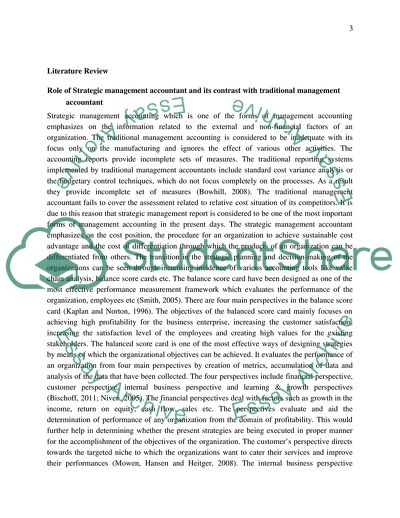Cite this document
(To what extent does strategic management accounting contribute to Literature review - 1, n.d.)
To what extent does strategic management accounting contribute to Literature review - 1. https://studentshare.org/finance-accounting/1803789-to-what-extent-does-strategic-management-accounting-contribute-to-global-competitiveness-illustrate-your-answer-through-an-analysis-and-evaluation-of-specific-techniques-and-practical-examples-found-in-the-literature
To what extent does strategic management accounting contribute to Literature review - 1. https://studentshare.org/finance-accounting/1803789-to-what-extent-does-strategic-management-accounting-contribute-to-global-competitiveness-illustrate-your-answer-through-an-analysis-and-evaluation-of-specific-techniques-and-practical-examples-found-in-the-literature
(To What Extent Does Strategic Management Accounting Contribute to Literature Review - 1)
To What Extent Does Strategic Management Accounting Contribute to Literature Review - 1. https://studentshare.org/finance-accounting/1803789-to-what-extent-does-strategic-management-accounting-contribute-to-global-competitiveness-illustrate-your-answer-through-an-analysis-and-evaluation-of-specific-techniques-and-practical-examples-found-in-the-literature.
To What Extent Does Strategic Management Accounting Contribute to Literature Review - 1. https://studentshare.org/finance-accounting/1803789-to-what-extent-does-strategic-management-accounting-contribute-to-global-competitiveness-illustrate-your-answer-through-an-analysis-and-evaluation-of-specific-techniques-and-practical-examples-found-in-the-literature.
“To What Extent Does Strategic Management Accounting Contribute to Literature Review - 1”. https://studentshare.org/finance-accounting/1803789-to-what-extent-does-strategic-management-accounting-contribute-to-global-competitiveness-illustrate-your-answer-through-an-analysis-and-evaluation-of-specific-techniques-and-practical-examples-found-in-the-literature.


